Driven: Honda Civic Type-R Mugen
As a youngster, did you ever have one of those remote-controlled cars that only travelled in two directions: either forwards or left-and-reverse together? Annoying wasn’t it? For those that didn’t, this meant that every time you wanted to turn right to avoid the table/dog/supplementary-model-car-to-simulate-traffic, you had to do a series of back and forth shuffles until you managed the full 270 degrees. It was not what a child would describe as a pure and uncompromised first driving experience, yet by cutting corners for cost and packaging reasons, the manufacturer made such a toy accessible to more buyers. Plus, let’s be honest, it would probably only last until Boxing Day before it was driven down the stairs in a scene that replicated a discarded Mini from a certain film viewed earlier that day.
When the same principle is relayed over to the world of the full size automobile, compromises can also be made to simplify designs to a budget, albeit not normally as drastic as limiting the directions of travel.
The previous generation EP3 Civic Type-R was very well received for its combination of a usable everyday hatchback shell, stratospheric redline and deft handling, all wrapped up in one butch looking package. However this sprightly combination was seemingly toned down for the FN2 Civic Type-R, and the reception was lacklustre in comparison, due in part by the removal of the independent rear suspension from the previous model that was a key element in its cocky ability.
To ensure future buyers were not left disappointed, what Honda really needed was a new version that proved their chassis decision was correct, and to make the setup work so much that doubters ate their words. Cue the Type-R Mugen, a nigh-on £40,000 ultimate incarnation of the Civic. Built in the UK, the idea was to take everything deemed good about the standard car and pop it in a proverbial Midlands-based Sodastream to add the driving fizz that had been lost. Then add a little bit more, simply because they could.
The first thing that strikes you about the way the car drives is a reassuringly short gearlever throw that is nicely positioned, nicely weighted and of course controlling six tightly-packed ratios to keep the frenetic engine on the boil at every possible opportunity.
Moments later the second thing strikes you: the noise. Early reports from those who drove the prototype Mugen Civic suggested that the exhaust noise was sublime when approaching 8500rpm, yet the resonance at normal revolutions were such that it was all but impossible to use as an everyday car. Thankfully, the production version does not seem to suffer from any such OTT oscillations, however even when pulling away from a standstill the bark is extraordinarily loud for such a road car, and on the public highway it would surely attract attention that I haven’t experience since riding shotgun in a friend’s modified Escort, aged seventeen. This is of course forgiven when the needle clocks its way round to where the ECU allows the oil pressure of the heavily-tweaked K20Z engine to engage its VTEC timing lobes, and the resultant wail is like nothing you’ve ever heard from a four-cylinder car on the road. Utterly intoxicating.
The engine work is not as a result of basic remapping either, as along with the well-developed exhaust system, the breathing has also been revised on the intake side, along with new camshafts and pistons, the latter of which result in an increased compression ratio. All the modifications are carried out during the build in Mugen’s UK factory, and the numeric results of their work sing to the tune of 237bhp and 157lb-ft. This peak power figure is delivered at 8300rpm, which is just 300 shy of the sky-high redline but still a good 1000rpm more than most typical sporting powerplants,; certainly enough for any naturally-aspirated fanboy to lap up with a wry smile.
As far as the aesthetics are concerned, the already cutting visuals and triangular mosaic accents of the standard Type R have been further sharpened, with a larger spoiler, tweaked bodykit, and a set of lightweight wheels that do their best to reduce unsprung and rotational mass. These (30 percent lighter) rims can also optionally be shod with sticky Yokohama tyres for maximum traction.
All of the 20 UK cars are produced in the same shade of white for the underlying reason that the base for the Mugen is the ‘Type-R Championship White;’ a previous iteration with mild tweaks, name-fitting paintwork, and one big addition that remains in this Mugen: the limited slip differential.
When combined with the revised spring and damper settings, this allows traction like you wouldn’t believe in a front-driven vehicle. The sensation of feeling the lock-up as the car catapults you out of tighter corners is a joy to behold, staggeringly capable and very nearly as entertaining as a playful back end in a rear-driven vehicle.
The ride is definitely a little firm for something that provokes ideas of daily use, yet doesn’t seem overly hard for cracked and scarred British roads once you are on the move; slower town-based speeds would probably soon become a little tiresome.
There are no fancy electronic driver aids here either, and with reassuringly firm and feelsome brakes the only thing that leaves wanting about the driving experience is the fact that there was not a track nearby upon which to experience the car is what is surely its most impressive area of expertise.
Inside, it is mostly standard Type R fare, although even with a retail price of £38,599, Honda found room to add an options list that included a rear seat delete package that saves a further 80kg, and going the whole hog makes perfect sense to my mind.
A summary for the Mugen Civic is something that requires little mediation. On one hand it is a £40,000 hot hatch that is extremely difficult to recommend over a significantly cheaper (and still LSD-equipped) Championship White Type R; a car that could easily have the back seats removed for free. Yet on the other hand it is the pinnacle of naturally aspirated hot hatches and a car that has cost significantly more to develop than it earns by way of sales.
The affordable variants might be more rational and practical, but to become this stunningly capable and entertaining they will undoubtedly need money to free up the true potential. Which is precisely what I wrote to Santa the following year.
Words: James Winstanley
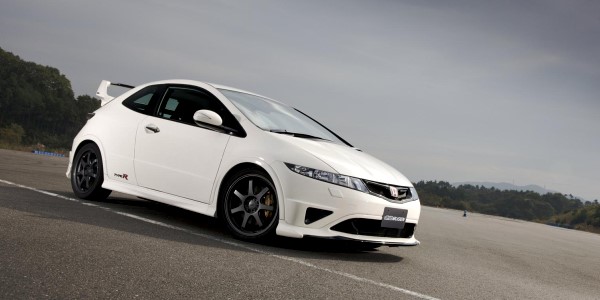
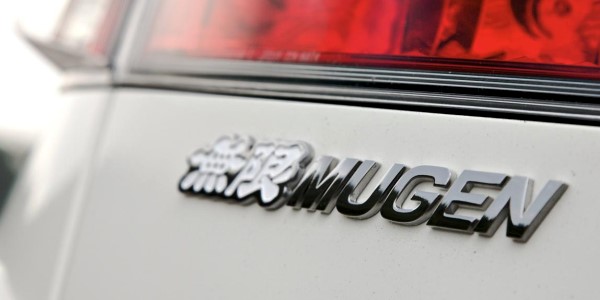
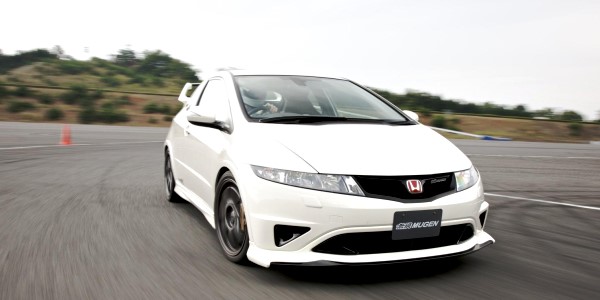
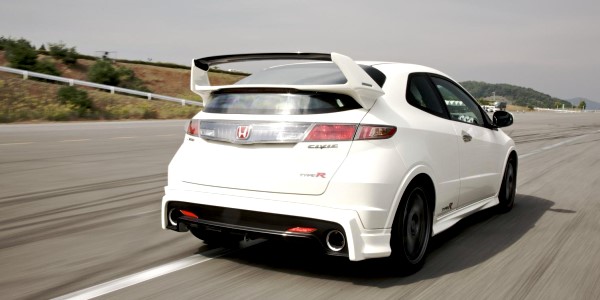
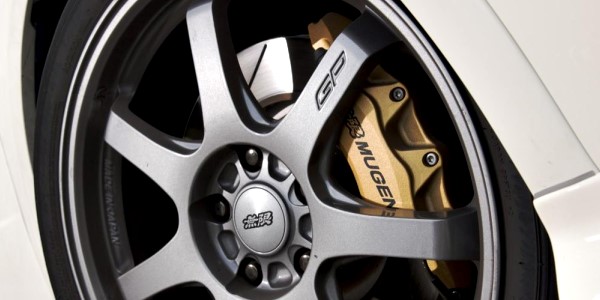
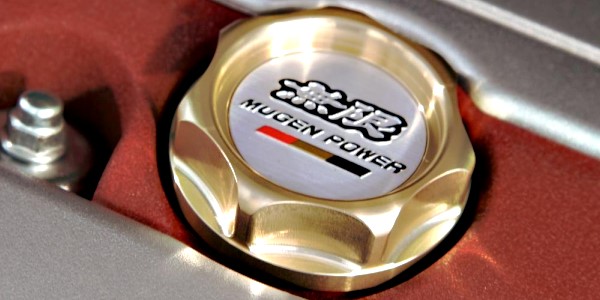
Reply